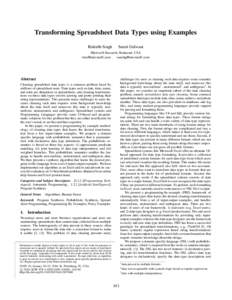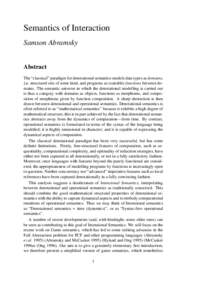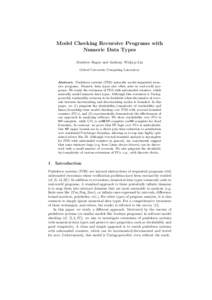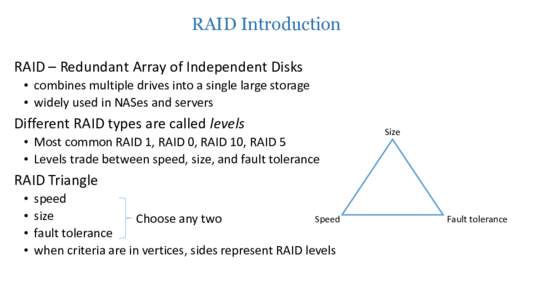<--- Back to Details
| First Page | Document Content | |
|---|---|---|
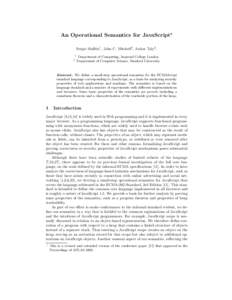 Date: 2009-08-14 07:09:04Software engineering Computing Computer programming Functional languages High-level programming languages Object-oriented programming Data types Programming paradigms JavaScript Scope Operational semantics Semantics |
Add to Reading List |
 An Operational Semantics for JavaScript? Sergio Maffeis1 , John C. Mitchell2 , Ankur Taly2 , 1 2 Department of Computing, Imperial College London
An Operational Semantics for JavaScript? Sergio Maffeis1 , John C. Mitchell2 , Ankur Taly2 , 1 2 Department of Computing, Imperial College London